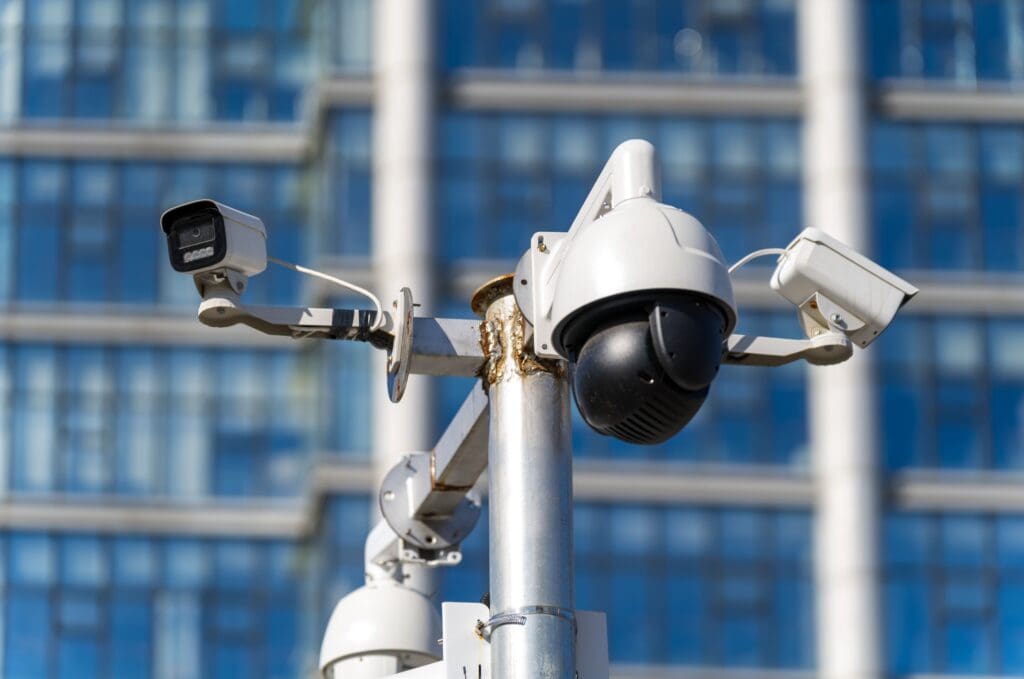This course covers comprehensive knowledge and skills in Video Technology Systems (VTS), including understanding the components and operation of basic Video Surveillance Systems, the distinction between digital and analog video systems, and industry standards. Participants will also learn about legal considerations in VS system installation, emphasizing the importance and implications of video surveillance.
Additionally, participants will gain expertise in CCTV cameras, including identifying types, understanding their uses and principles of operation. They will also explore auxiliary equipment, such as mountings and remote camera controls, learning about selection criteria and installation procedures. Through practical exercises, participants will install CCTV systems, configure cameras and Network Video Recorders (NVRs), and conduct thorough testing to ensure proper functionality.
The course also addresses system design and commissioning, focusing on operational requirements, camera placement criteria, testing procedures, and the significance of commissioning in ensuring the efficacy and reliability of video surveillance systems.



